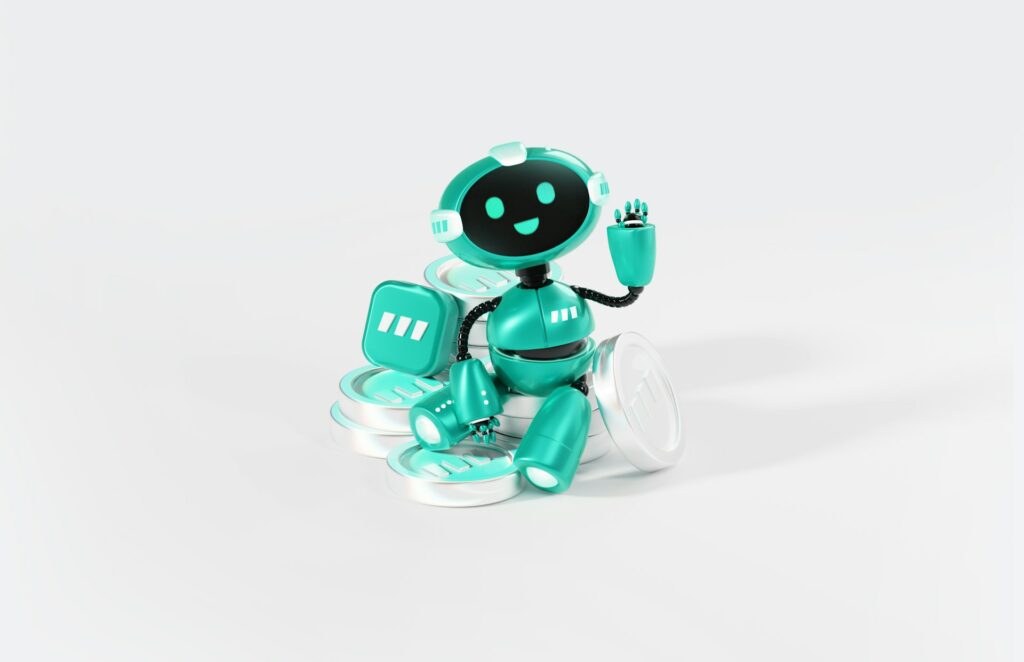How Artificial Intelligence Is Learning to Recognize and Respond to Human Feelings; Emotional Artificial Intelligence

How Artificial Intelligence Is Learning to Recognize and Respond to Human Feelings; Emotional Artificial Intelligence
Logical tasks have been the focus of artificial intelligence for many decades, including the identification of objects, the translation of languages, and the prediction of numbers on a spreadsheet. Today, however, artificial intelligence is beginning to explore a very different and very human frontier: our feelings. Often referred to as affective computing, emotional artificial intelligence (AI) is a subfield of computer science that focuses on training robots to read and react to human emotions. The way in which we engage with technology may undergo a transformation as a result of this transition, which will result in our digital interactions seeming more natural, responsive, and intimate.
At this point, science fiction is no longer used. Emotional artificial intelligence is gradually becoming a part of everyday life. This includes chatbots for customer service that can identify irritation based on your tone of voice, as well as wearable gadgets that can detect stress based on minor changes in your voice or pulse.
Having an Understanding of How Emotional AI Operates
An essential component of emotional artificial intelligence is the integration of machine learning with data derived from a wide variety of sources, including facial expressions, voice modulation, text patterns, body language, and even physiological signals such as heart rate or skin temperature measurement. The objective is to provide software with the capacity to perceive, understand, and sometimes imitate human feelings that are experienced.
As an example, a virtual assistant may acquire the ability to identify when a user is expressing distress and then react with a tone that is more soothing and empathic. On the other hand, an educational software may recognize when a student is showing signs of confusion and provide more help or break down a course into more manageable pieces.
These systems are dependent on vast quantities of training data and sophisticated algorithms that are able to recognize minute indications that the majority of people do without even realizing it. These cues include a minor tremble in your voice or a momentary alteration in the muscles of your face.
The Importance of Emotional Artificial Intelligence
There is more to the promise of emotional artificial intelligence than just making devices seem “friendlier.” There is a need to develop technology that is capable of adjusting to the emotional state of the person using it. Imagine applications for mental health that can detect anxiety before you do and then lead you through breathing exercises to help you cope with it. Or automobiles that are able to detect the indicators of driver weariness and urge them to take a rest before the situation gets hazardous.
Chatbots that are equipped with emotional artificial intelligence might detect when a consumer is becoming more irritated and then escalate the discussion to a human agent in the field of customer support. It is also possible that emotional AI may be used in the entertainment industry to personalize playlists, storylines, or even gaming difficulties to fit your mood.
It is a vision in which technology becomes capable of not just processing information but also fully comprehending the one who is behind the screen.
Threats to Ethical Standards and Personal Privacy
It goes without saying that the concept of robots that are able to read emotions generates a lot of problems. It is possible for emotional data to be quite sensitive, exposing elements of ourselves that we would not consciously want to tell others. Those data belong to who? Exactly how is it kept? And what assurances can consumers have that it will not be used for the purposes of targeted advertising or surveillance?
Experts emphasize the need of being transparent and adhering to stringent ethical norms in order to ensure that individuals are aware of when their feelings are being examined and that they have choice over how the information is used. As a matter of fact, whereas emotional artificial intelligence may make our lives more convenient or efficient, it also comes with it new obligations to safeguard our privacy and avoid its exploitation.
Where Emotional Artificial Intelligence Exists Already
Emotional artificial intelligence is already present in unexpected ways, despite the fact that it may seem like something from the future. When it comes to coaching agents in real time, contact centers are increasingly turning to technologies that can assess the mood of callers. To monitor the level of attention of drivers, several automobile manufacturers have installed sensors and cameras. In order to modify their replies, even smart speakers and virtual assistants are beginning to experiment with the ability to recognize emotional signs in your speech.
The use of emotional artificial intelligence systems in the medical field enables clinicians to remotely monitor the well-being of their patients, therefore recognizing indicators of stress or sadness that could otherwise go unreported.
Viewing the Future: The Relationship Between Humans and Machines
The technology itself is not the only thing that makes emotional artificial intelligence so fascinating; what it says about our connection with computers is also quite intriguing. It is possible that human relationships with technology may gradually become less transactional and more conversational, and even collaborative, as artificial intelligence grows more emotionally sensitive.
Imagine having digital companions who can help us relax on days when we are feeling stressed out, or gadgets that can encourage us when our energy levels are low. These are not substitutes for human connections; rather, they are additions that have the potential to assist individuals in different ways in feeling understood and supported.
The field of emotional artificial intelligence is still in its infancy, and it will not always do things right. Feelings are complicated, messy, and very personal for each individual. The efforts that are being made to assist machines in recognizing and adapting to them, however, are indicative of a significant transition in technology: from just computing to actually interacting.




